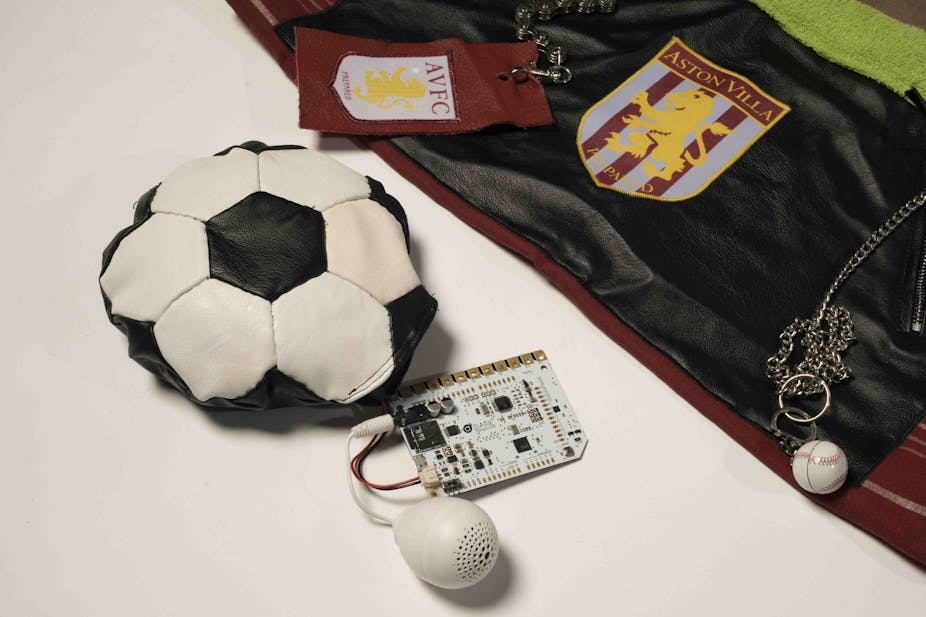We all expect to have the right to enjoy life from beginning to end; to have fun, laugh and experience pleasurable, playful moments. But what if we are affected by a disease that adversely affects both memory and our perception of the world? What if this means we can no longer remember who we are, recognise our loved ones and communicate effectively with them?
According to the World Health Organisation, dementia is one of the greatest challenges to face the world today, and the rapid rise in numbers of those affected will have huge implications for society, families and individuals in the coming years. Some 80% of people currently living in residential care have dementia and most of us can probably think of a friend or relative who has or had the disease.
Research has shown that “in the moment” playful activities are good for us. When we laugh and experience positive emotions our health benefits as blood pressure drops and our immune system is boosted. Our social relationships are also enhanced and we feel good about life. And this is no different for those living with dementia.
Research at Cardiff Metropolitan University’s Centre for Applied Research in Inclusive Arts and Design is currently developing designs for playful objects: things to engage, soothe and amuse people with late stage dementia for whom life can be limited and their care challenging. LAUGH (Ludic Artefacts Using Gesture and Haptics) is an international project in which academics are working with health and care professionals, social care providers and technologists – as well as people living with dementia and their families – to develop innovative designs that will help to put smiles on faces and boost positive social interaction.
The project builds on design research we’ve been carrying out that has been investigating the development of technology-enhanced sensory textiles to be used in the care of people living with late-stage dementia.
These highly personalised textiles include garments and blankets that have been made collaboratively with families, carers and health professionals through a series of workshops. Working with housing provider Gwalia Cyf, we developed a collection of designs that are being used by residents in one of their residential dementia units. Each design is bespoke and contains motifs, colour preferences and design elements that relate to the person’s life, helping to retain their sense of self even when they struggle to remember for themselves who they are. The integration of technology has enabled us to extend the sensory properties of the textiles by adding sound and vibration.
Favourite music was incorporated using simple MP3 players and programmable microelectronics designed for touch sensitivity. By incorporating things that have been important to a person throughout their lives (such as pets, hobbies or family photographs) we have made textile items that tap into the emotional memories which are retained into the later stages of the disease, rekindling pleasurable experiences and giving “in the moment” fun that doesn’t rely on remembering the past.
We recently designed a blanket based on the gardens at the historic Aberglasney house in Carmarthenshire, south Wales, for a person living with late stage dementia. The gardens had been a favourite place for him and his wife to walk together, so the design included textures and sounds that aim to rekindle the experience of being in the countryside, including a variety of birdsong, sounds of wind in the trees and gurgling water in a stream. They are now able to experience “going for a walk together” at his bedside using the blanket.

The sounds are activated by simple touch sensors linked to a detachable micro-controller that can be removed with ease for laundering. His wife said she felt the blanket enhanced her visits and stimulated non-verbal communication. Hand-in-hand they can again re-experience the “in the moment” pleasure of walking together in nature. This is just one story of how simple tactile sensory textiles have brought pleasure and helped broker conversation during visiting times that can so often be emotionally difficult for visitors.
Our biggest challenge now is how to scale up the work we are doing to benefit the many people living with late stage dementia. One approach we are taking is via the Hand i Pocket project, which is engaging the public and utilising textile skills in the community, to make sensory pockets for people with advanced dementia. We have also been working with the Women’s Institute, and craft and community groups in partnership with the Alzheimer’s Society and Age Cymru to run small public workshop events to share our research and inspire others to use their creative ability to help people living with dementia.
Over the coming months the LAUGH project will be developing new concepts for playful objects that exploit the potential of smart materials and cutting edge technologies. Our intention is to place the person with dementia at the heart of what we do, and technology is providing exciting new ways to personalise and extend sensory experience. We call our approach “compassionate design” and through our work we aspire to increase the happiness of people living with dementia and their families.

